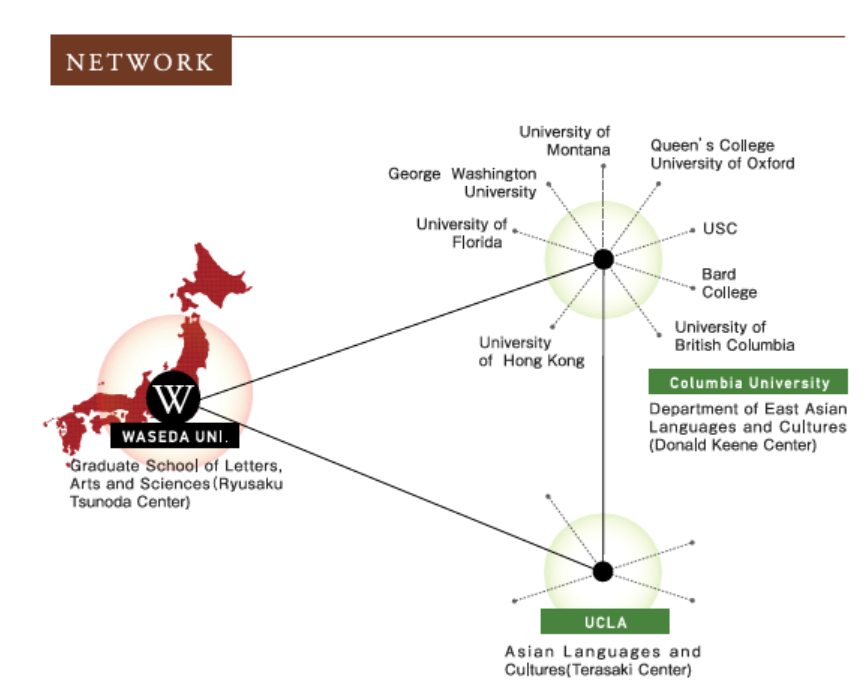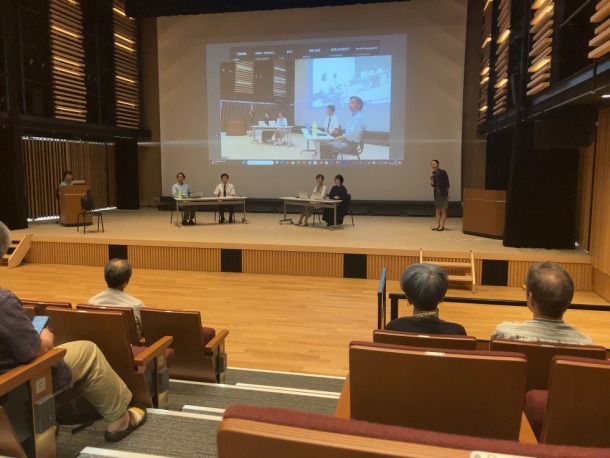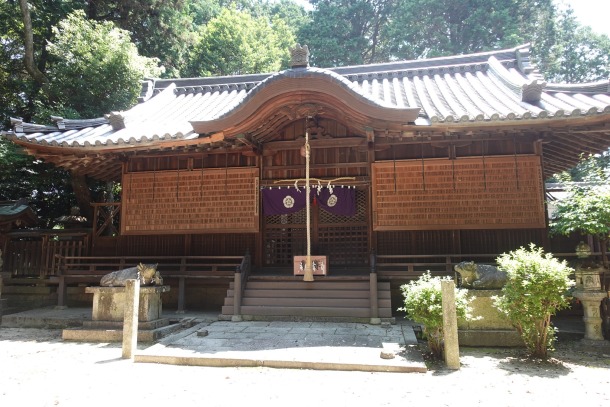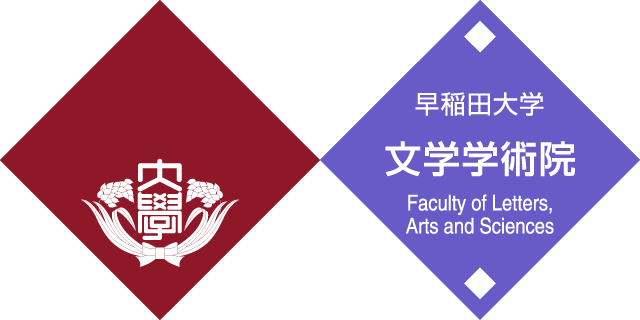- News
- Event Report: Rediscovering Nanto: Layers of History, Art, and Culture and Their Manifestations
Event Report: Rediscovering Nanto: Layers of History, Art, and Culture and Their Manifestations

Dates
カレンダーに追加0628
SAT 2025- Place
- なら歴史芸術文化村 芸術文化体験棟1階ホール
- Time
- 14:00~16:30
- Posted
- 2025年9月11日(木)
Rediscovering Nanto: Layers of History, Art, and Culture and Their Manifestations
Landscapes scarred by recurring natural disasters and wars bear layered memories, not only of human folly but also of resilience. The Haikyo Kenkyūkai (Ruins Research Group) explores the motif of “ruins” as it appears in Japanese literature, art, and performance, seeking to reconceptualize a “cultural history of ruins” through the actions of those who, standing upon the remains of lost cities, temples, and shrines, recall the past even as they channel their hopes toward the future. This public seminar set out to bring into relief the many-sided form of Nanto (historical name for Nara, the “Southern Capital”), conceived as a polyhedron woven from “points” (temples, shrines, palaces) and “lines” (roads, humans), by unearthing, surfacing, and unraveling the stratified layers of time embedded throughout the region. How, then, has the image of Nara—as the source of Japan’s history, art, and culture—been formed, and what layers has it left within history?

Public seminar (Nara Prefecture Historical and Artistic Culture Complex Hall)
From the field of history, Professor YOSHIKAWA Satoshi (Director, Department of Cultural Heritage at the Nara National Research Institute for Cultural Properties) discussed the Meiji-era haibutsu kishaku (anti-Buddhist movement) that led to the contraction and abolition of temples like Kōfukuji Temple and Uchiyama Eikyūji Temple, as well as the loss of temple lands. He also described the state of the Heijō Palace ruins before it was recognized as a site of cultural heritage, when it was still farmland, drawing on a wealth of documents and illustrations. Meanwhile, Professor TAKADA Tomoki (Associate Professor, Environmental Sciences, University of Hyogo/Principal Researcher of the Museum of Nature and Human Activities, Hyogo), who specializes in the field of civil engineering and consensus-building studies, introduced his current research focused on a community-building project centered on Wanishita Shrine in Tenri. He emphasized the importance of perceiving a given environment in all its three-dimensional complexity, as being woven from space, time, people, and things, and argued that such an approach can uncover richer understandings of landscape and society.
Following these two lectures, Professor UMEZAWA Megumi (Kyoritsu Women’s University) provided commentary, noting the frequent representations of ruins in medieval painting, such as the Ippen Hijiri-e (held at Shōjōkōji Temple). She also raised the example of Kakinomoto-no-miya Mandala (Yamato Bunkakan), which depicts the inside of Wanishita Shrine and the Hitomaro Tomb. Professor WATANABE Yumiko (Rissho University) also gave feedback, pointing out that the repeated cycles of admiration for Hitomaro in the medieval period can be understood as part of the broader movements of classical revival that arose in times of unrest, such as in the aftermath of the Jishō-Juei Disturbances. Together, these discussions revealed the parallels between modern community heritage projects and town revitalization efforts on the one hand, and medieval pilgrimages to ancient temples and ruins on the other. In doing so, the seminar provided an opportunity to open up new perspectives on the theme of ruins. The event drew about 50 participants in total (both in-person and online). Among those who attended in person were residents and natives of Tenri, whose comments during the Q&A, grounded in memories and experiences passed down within the community, proved especially valuable.
The following day, a group of participants joined a field excursion to sites including Wanishita Shrine, Arihara Shrine (Ruins of Arihara-dera Temple), Itsukushima Shrine (Ruins of Ryōinji Temple), Isonokami Shrine, Uchiyama Eikyūji Temple Ruins, and Chōgakuji Temple. Standing in the very places discussed during the seminar, participants deepened their exploration of the interconnections between literature, art, and the local landscape.

Wanishita Shrine

Uchiyama Eikyūji Temple Ruins
Event Overview
- Date and time:June, 28 14:00〜16:30
- Venue: Nara History, Art and Culture Village Arts and Culture Experience Building 1F Hall
- Format:Face to face/ Online streaming
- Organized by:廃墟研究会(Megumi Umezawa, Hanako Kinoshita, Hidenori Jinno, Takashi Horikawa, Reiko Yamanaka, Satomi Yamamoto and Yumiko Watanabe)
- Co-Organized by:Ryusaku Tsunoda Center of Japanese Culture, Waseda University/Global Japanese Studies Model Unit, Waseda University Top Global University Project, Waseda University Research Institute for Letters, Arts and Sciences/Waseda Institute for Advanced Study (WIAS) “Humanities in the Anthropocene”
- Subsidized by:SUNTORY FOUNDATION Grant for Collaborative Research in Humanities and Social Sciences(Yumiko Watanabe)
- Tags
- Event Reports
